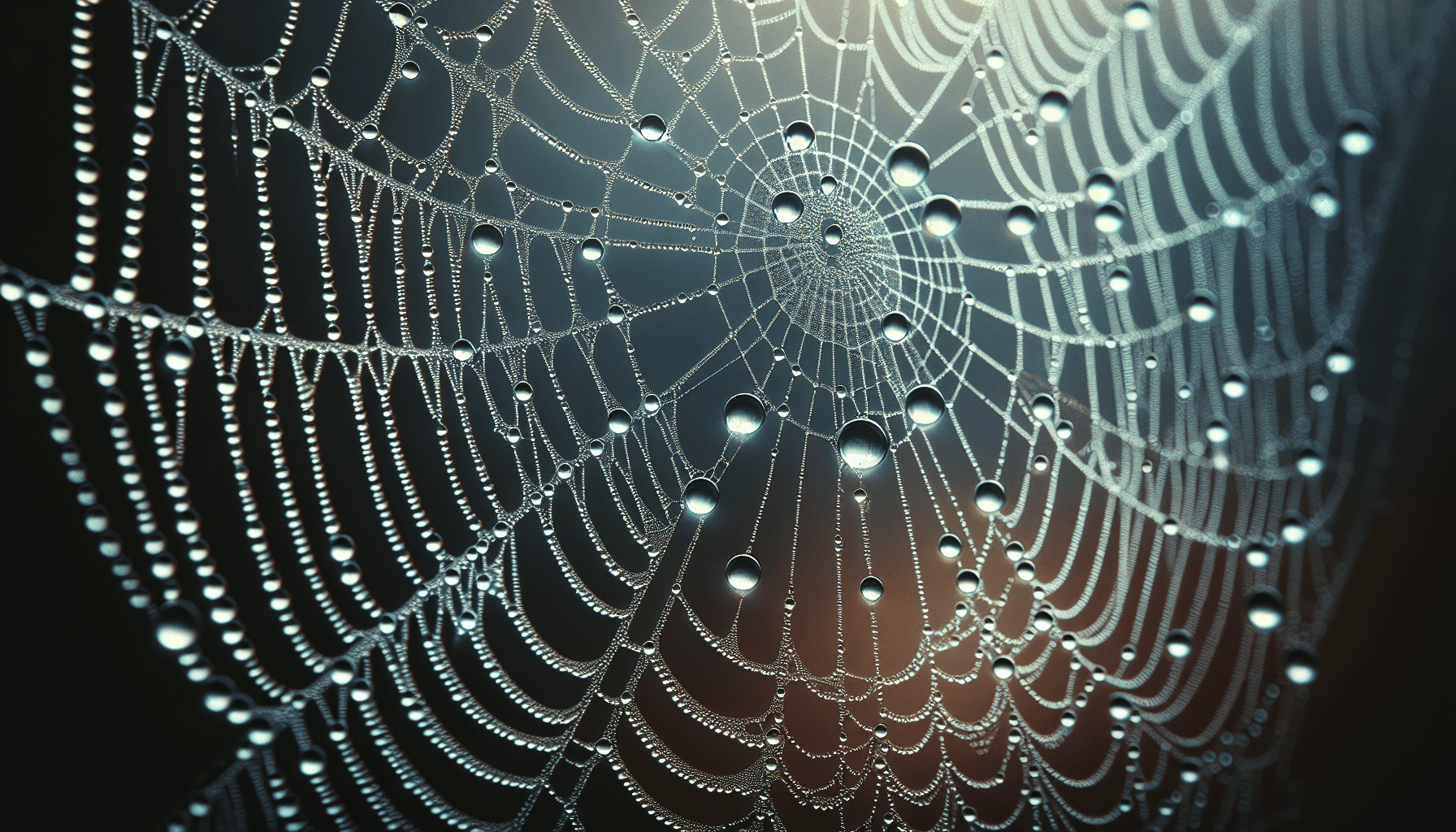Macro photography opens up an incredible world where the tiniest of subjects transform into grand and captivating scenes. This genre of photography allows us to explore details often overlooked by the naked eye, revealing textures, patterns, and colors in stunning clarity. Whether it's the delicate veins of a leaf, the intricate details of an insect, or the mesmerizing texture of everyday objects, macro photography provides a fresh perspective on our surroundings.
To embark on the journey of macro photography, it's essential to understand the techniques and equipment needed to capture those breathtaking details. Here are some key points to consider as you dive into the world of macro photography:
Equipment Essentials
-
Macro Lens: A dedicated macro lens is invaluable for capturing close-up shots with excellent detail. These lenses are designed to focus at a very close range, making them ideal for macro photography.
-
Extension Tubes and Bellows: If investing in a macro lens isn't feasible, extension tubes and bellows can be used to reduce the minimum focusing distance of your standard lens, allowing you to achieve greater magnification.
-
Tripod: Stability is crucial when capturing intricate details, so a sturdy tripod is essential to eliminate camera shake and take sharp images.
-
Ring Light or Flash: Proper lighting is crucial for macro photography. Ring lights or dedicated macro flashes provide even illumination without casting harsh shadows on your subject.
Techniques for Stunning Macro Shots
-
Select the Right Subject: The beauty of macro photography lies in discovering interesting details. Choose subjects with textures, patterns, or vibrant colors that will translate well when magnified.
-
Mastering Depth of Field: Macro photography often involves a very shallow depth of field. Use a small aperture (higher f-stop) to increase the depth of field and keep more of the subject in focus. However, balancing sharpness and background blur is key to a striking image.
-
Focus Stacking: This technique involves taking multiple shots at different focus points and combining them in post-processing to achieve a fully sharp image from front to back.
-
Pay Attention to Composition: Even though the focus is on details, the principles of composition still apply. Consider the rule of thirds, leading lines, and negative space to create visually appealing images.
-
Manipulate Lighting: Experiment with different lighting angles to highlight textures and create dramatic effects. Reflectors and diffusers can help soften or direct light as needed.
-
Time and Patience: Macro photography requires patience. The smallest movement can shift the focus, so take your time to find the perfect angle and focus point.
Exploring Creativity
Once you grasp the basics, let your creativity run wild. Experiment with abstract compositions, play with colors, and explore the unexpected beauty in ordinary objects. The possibilities are endless, and macro photography offers a unique opportunity to showcase the world from a different perspective.
By delving into macro photography, you're not just capturing images—you're uncovering a hidden world of beauty embedded in every detail. With practice and a keen eye for the unseen, you can transform the smallest subjects into compelling art, inviting others to marvel at the intricacies of our world.
